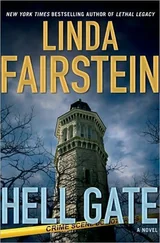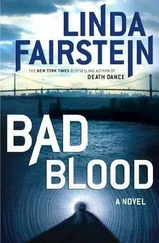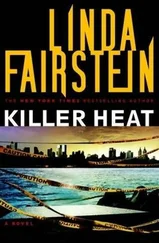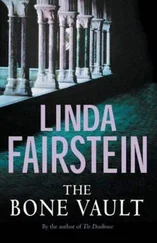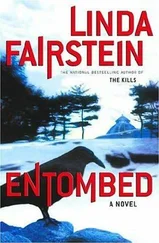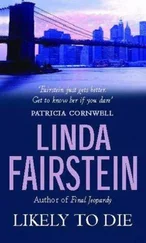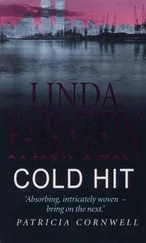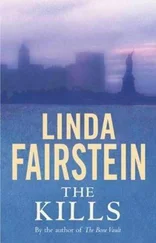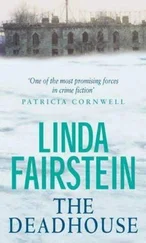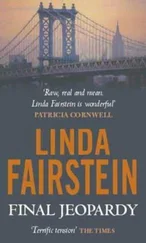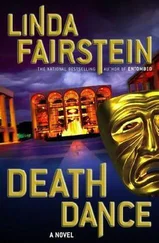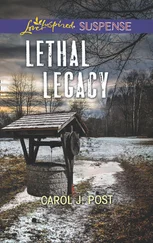“But these rare books in research libraries are so unique,” I said.
“And sooner or later, every one of these beauties will be digitized. We’ve got fifty-three million items in this library, and already, the images from hundreds of thousands of them are available on the Web. How do we stay relevant? What if we just become a damned book museum? Those are some of the things we fight about.”
“Where are you in these battles?”
“I’m trying to move the dinosaurs forward. That’s part of their animosity. Within the next decade, Google will have digitized fifteen million of our works. I’m all for scanning the great libraries of the world. Sit at home in Dubuque with your laptop and look at everything we’ve got. Why not?”
“Because there’s something so different to holding the physical book,” I said, remembering my own research in the great reading room. “Coleridge and Keats-each of them annotated the margins of their books with their thoughts, their ideas. You can see what mattered to them when you read their own work, and how that affected their creative process.”
“Paper disintegrates, Ms. Cooper. Books crumble, unless you can provide the environment in which to protect them, as I can.”
“There are things a computer will never be able to tell us. I remember doing my thesis research at my regular seat in the reading room, next to the same quiet guy every day. He was a medical historian, trying to track down the history of disease outbreaks in eighteenth-century England,” I said, talking more to Mercer and Mike than to Jonah Krauss, who finished packing up his briefcase. “I couldn’t understand why he kept sniffing the papers he was studying. It seemed so odd.”
“You cross-examine him?” Mike asked.
“Gently. He told me he was reading letters from an archive that came from the Cotswolds. At the time, people took to sprinkling vinegar on the correspondence, in hopes that it would disinfect them and stop the spread of cholera. He could still trace the scent on some of the old paper.”
“A very romantic notion, Ms. Cooper, but it’s not the future. Any chance I can be released for the weekend?”
“What’s the source of your disagreements with the Hunts?” Mercer asked.
“Look, Detective, we’ve buried the sword. It’s been almost five years. I assume Jasper’s gotten over it. You might want to keep an eye on Tally. I think he’d pull out the rug from everything to get his father’s bequests.”
I thought of the bejeweled book that had been found with Karla Vastasi’s body. Minerva Hunt said it had been given to the library years earlier, when her grandfather died, but the “Ex Libris” plate bore Talbot Hunt’s name.
“Why do you say that?”
“Five years ago, Ms. Cooper, when I led the charge to deaccession an Asher Durand painting, Jasper Hunt literally threatened my life,” Jonah Krauss said, spreading his palms as he leaned on the desk. “Check with your commissioner. I had police protection 24/7.”
“All because of a painting?” Mike asked. “This library’s got more action than any crack den in Bed Stuy.”
“A very famous work of art, detective. Kindred Spirits, it’s called.”
“What’s so deadly about that?”
“It was one of the library’s sacred cows, Mr. Chapman. My committee made a decision to sell it, and quite frankly I thought the board would just rubber-stamp us. Turned out I was wrong.”
“What’s the story?”
“Durand is one of the best-known artists of the Hudson River School founded by Thomas Cole. Landscape paintings. Cole’s best friend was the poet William Cullen Bryant,” Krauss said.
“Bryant Park?” Mike asked.
“Exactly. Together, Cole and Bryant became leaders of New York City ’s civic and cultural life.”
“Why was the painting in the library in the first place, and not an art museum?” I asked.
“You’re catching on, Ms. Cooper. Bryant’s daughter gave the painting to the Lenox Library in 1904. So when this building opened, and the park was created in her father’s name, it seemed like a fitting home. But it just moved around from one end of a dark hallway to another. In my view, it didn’t belong here at all.”
“So your committee decided to sell it. Was there an auction?”
“That was another one of my problems,” Krauss said. “We didn’t hold a public auction. You know that like most other major cultural institutions, our endowment dropped precipitously after September eleventh. We figured a healthy sale of a few pieces of our art would rally some investment income to buy important books that we wanted. We are, after all, a library.”
“So there was a silent auction instead?”
“Yes. Sotheby’s acted as our agent, and interested parties were invited to submit sealed bids.”
“How much did it bring?” Mike asked.
”Thirty-five million dollars. Highest price ever paid for an American painting,” Krauss said, the side of his mouth pulling up, as though he couldn’t suppress a smile. “Me, I’m not the sentimental type. I thought it was a great deal.”
Mike whistled. “What museum had that kind of money?”
“The Met was outbid, Detective. The Wal-Mart heiress Alice Walton bought the Durand for a small museum her family plans to open soon in Arkansas.”
“Attention all Wal-Mart shoppers! At that price, it went to a discount store? What were you smoking, Jonah?”
“The art critics wanted to stone me, the Times said the sale was the crime of the century-that Kindred Spirits is a national treasure that belongs in New York-and the rest of the board caved in to the public outcry.”
“What spooked Jasper Hunt to go after you personally?” Mike asked.
“He said that we’d never be able to attract future donors. They’d be put off by the fact that their own bequests might eventually be disposed of in some secret way. But I think it was all about Hunt himself.”
“What do you mean?” I asked.
“When my committee was figuring out what to deaccession, we stumbled on a few things that had come in to the library through Jasper the Second-Hunt’s father,” Krauss said. “Things the library doesn’t really need. We’ve had a Gutenberg Bible from the time this library was built, right? Printed in 1455-a simply amazing accomplishment, for the man to invent a movable press that re-created the finest Gothic scripts of his age. Maybe one hundred and eighty of them printed, and close to fifty survive. Ours is usually on display on the third floor. James Lenox donated it when the library was built-the first Gutenberg that was ever brought to America. You’ve seen it, haven’t you?”
“Yes.” It was one of the centerpieces of the library’s collection.
“Well, Jasper Hunt gave us another one, not in such good shape as the Lenox gift. Questionable provenance. Why do we need it locked up in a vault somewhere underground when we could sell it for a healthy price?”
“Still sounds like it would be a pretty desirable thing to have, from a curator’s standpoint,” I said.
“J. P. Morgan set the standard for Jasper Hunt, and that’s not a compliment. Neither one was a very picky shopper. They both bought up English and European estates by the boatload. Morgan’s library has three Gutenbergs. I say one is enough. His advisors had the good sense to make him get rid of the objects that didn’t enhance his collection-medieval tapestries, Egyptian sculpture, second-class art. We could sell the excess and get things our curators really want and need.”
“Was that what you wanted to deaccession?” Mike asked. “His Gutenberg Bible?”
“It wasn’t at the top of my list, but it was there. I would have preferred to start with a gaudy little prayer book that came from his father’s collection. Extremely rare volume when Jasper Hunt the First bought it, but then he had it covered in jewels-to commemorate his son’s birth.”
Читать дальше

